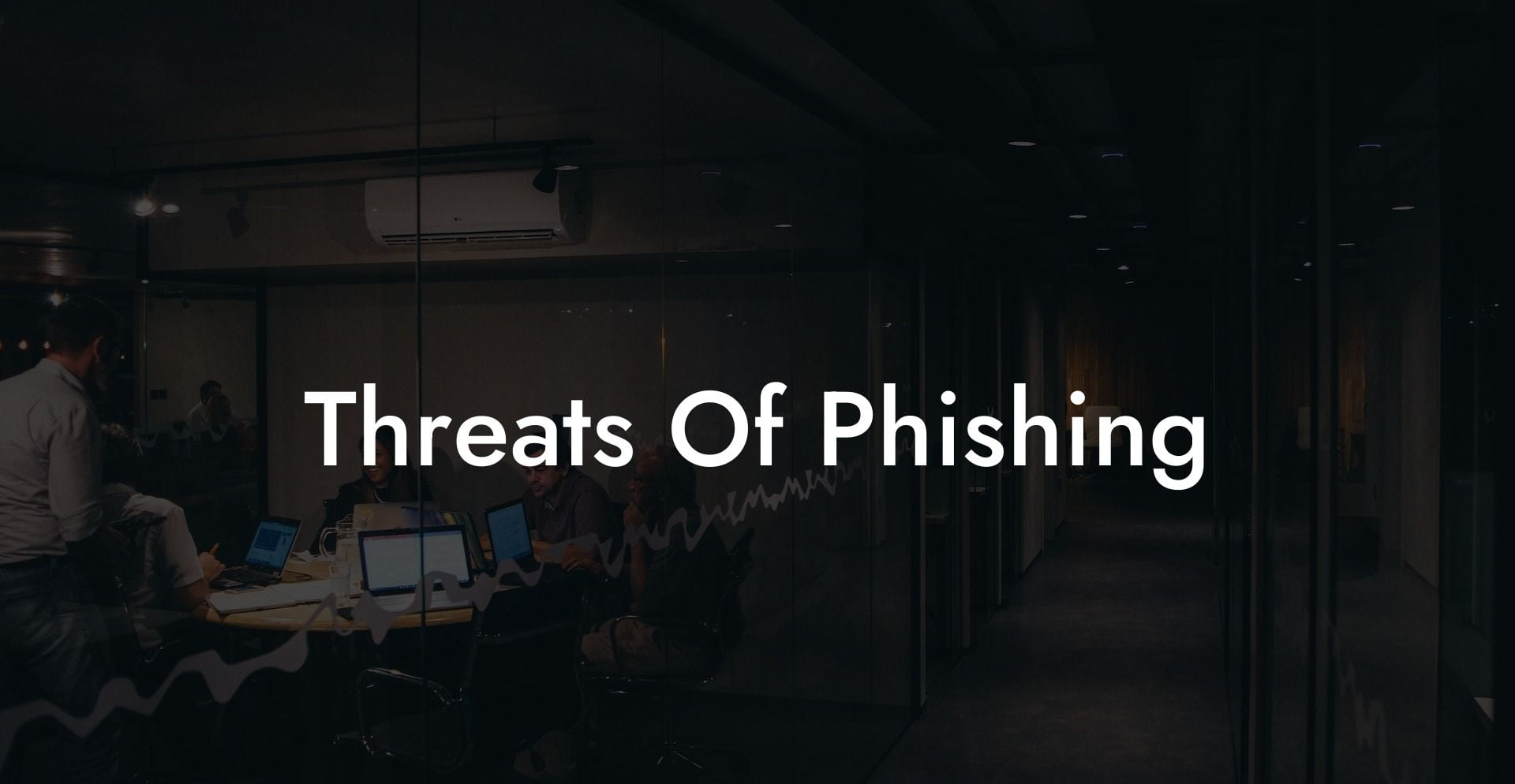Imagine this: you're having a regular, productive workday when you come across an email from your bank. It's asking you to click a link and update your account information as part of a security upgrade. Sounds reasonable? Think again. This could be a dangerous example of a voice phishing scam, and you might become its next victim.
Threats Of Phishing Table of Contents
Voice phishing, or "vishing," is a rapidly growing threat that tricks people into sharing their sensitive information by posing as a trustworthy entity via telephone calls, emails, texts, or even social media. By understanding the various threats of phishing and how to protect yourself, you can avoid falling prey to these scams.
Protect Your Data Today With a Secure Password Manager. Our Top Password Managers:
In this comprehensive guide to voice phishing, we'll explore the top threats of phishing, how attackers execute these scams, and most importantly, how you can stay safe from such malicious techniques.
1. Top Threats of Phishing
- Financial Fraud: Vishing attacks primarily aim to steal your financial information, such as bank account numbers, credit card details, or login credentials. Attackers use this information to commit expensive transactions or transfer money from your account, leaving you with a huge financial loss.
- Identity Theft: By acquiring your personal information, cybercriminals can impersonate you, commit fraud, or even apply for loans and credit cards in your name. This can damage your credit score and reputation, which takes a considerable amount of time and effort to rectify.
- Data Breach: Vishing may target your business or your employer, attempting to extract sensitive corporate data, intellectual property, or confidential employee information. This can lead to substantial financial and reputational damage for the company, and may even result in job losses or legal consequences.
2. How Attackers Execute Voice Phishing Scams
- Impersonating Trusted Entities: Attackers often impersonate well-known banks, government agencies, or even your workplace to make you believe they're a legitimate authority that you can trust.
- Sense of Urgency: Scammers often create a false sense of urgency in their messages, pushing you to take immediate action by claiming that your account has been compromised or that you could face penalties if you fail to comply with their instructions.
- Spoofing Caller ID: Attackers use technology to disguise their phone numbers, giving the impression that the call is coming from the entity they're impersonating.
- Social Engineering Techniques: Cybercriminals play on your emotions, such as fear or curiosity, to manipulate you into disclosing your information or trusting them.
Threats Of Phishing Example
Jane received an automated call from what appeared to be her bank's customer service department. The caller said that her debit card had been compromised and asked her to provide the card's details, including the CVV code, for verification. The caller ID showed the actual phone number of her bank, and the message sounded professional, so Jane complied – and then realized that she'd fallen victim to a vishing scam.
By understanding the various threats of voice phishing and the methods attackers use, you can take decisive action to protect your information and avoid becoming a victim. Educate yourself and others about the dangers and warning signs of vishing, and always be cautious when receiving unsolicited calls or emails that request your sensitive information. Don't forget to share this informative guide with your friends and family, and explore our other resources on Voice Phishing for even more helpful tips and tricks to stay safe.
[Meta Description]
Learn about the top threats of phishing, such as financial fraud, identity theft, and data breach, and how to protect yourself from these malicious cyberattacks with our engaging guide.
Protect Your Data Today With a Secure Password Manager. Our Top Password Managers:















